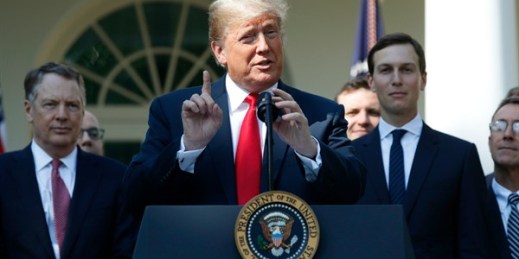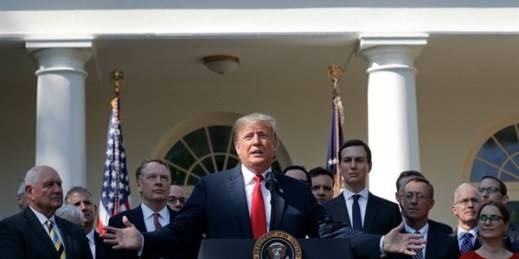
“It’s not NAFTA redone. It’s a brand new deal,” U.S. President Donald Trump declared triumphantly at the White House last week, announcing the revised free trade agreement with Mexico and Canada. Don’t tell Trump, but his brand new deal is really just the Trans-Pacific Partnership with a few tweaks, and many fewer countries than the 12 that signed on before Trump withdrew. American negotiators won concessions in a few areas that were important to them, and made concessions in a few that were important to Mexico and Canada. But the new NAFTA, which Trump clumsily renamed the United States-Mexico-Canada Agreement, […]

